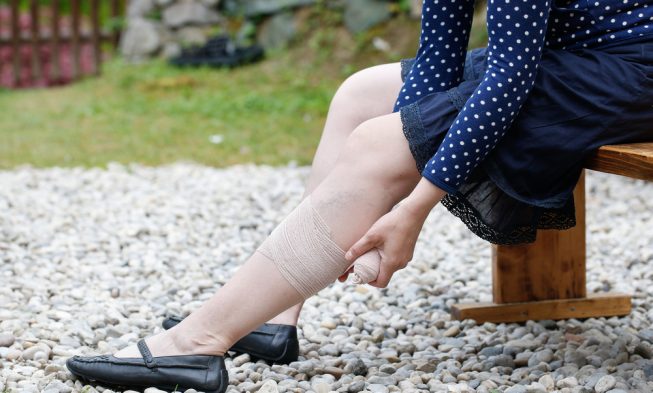
How to Avoid Deep Vein Thrombosis
Deep Vein Thrombosis (DVT) happens when an embolism forms in the “deep veins” of the body, particularly the legs. DVT is severe, and the problems that occur can be deadly. Whilst there are rather a variety of danger elements for establishing Deep Vein Thrombosis, there are things you can do that can help you avoid it.
The Impact of Your Lifestyle
Weight problems, lack of exercise, and specific bad habits may escalate the danger of developing DVT. If you are worried about DVT, getting rid of those additional pounds may actually help save your life in these circumstances. A diet plan high in fiber and low in fat is specifically great for DVT avoidance.
If your employment involves long hours of sitting or your free time is spent being inactive, go outside and walk around the block to get your blood pumping. Whether or not you are sitting all the time, extending your legs throughout lengthy flight journeys or drives will enhance blood flow. If you have a mix of the risk elements, this is particularly crucial.
More powerful, much healthier veins suggest less possibility for DVT to set in. Smoking cigarettes modifies your circulation and how your blood will clot, so throw out that pack of cigarettes. You might need to cut down on the coffee drinks as well as alcoholic drinks as well, that can in fact dehydrate your system and escalate the possibility of an embolism.
The Impact of Your Genes
Regrettably, having a close relative who has developed Deep Vein Thrombosis or a lung embolism implies you are much more likely to develop it yourself. Furthermore, some individuals have clotting conditions, where the blood is too thick and, or embolisms too quickly.
If you understand any of these things to be happening to you, talk with your physician about your choices. You may require a blood thinner eventually. Do not wear tight socks or trousers, and check out compression stockings, which motivate blood circulation and assist with swelling.
Your age will also impact on your likelihood of establishing DVT. After you pass the age of forty, your risk of establishing such an embolism increase by double, as the veins has the tendency to end up being less strong with age. Check for high blood pressure, and understand the indications of both DVT and lung embolism, as DVT does not constantly include warning signs.
Recuperating from Illness
While ill or after a surgical treatment, you might be restricted to a bed for long stretches of time. Sadly, this is among the times Deep Vein Thrombosis is probably going to happen, when you are the least able to do anything about it. Keep your feet raised, do little workouts, specifically if your physician advises them, and get up and out of bed as soon as possible to get you blood pumping once again.
Unique Health Issues for Females
Ladies need to take care when utilizing contraception or hormone replacement, in addition to during pregnancy since particular hormonal agent levels make females most likely to establish DVT. Keep moving throughout your pregnancy. If you are sentenced to bed rest, extend your legs as much as is allowed by your medical professional. Inform your medical professional if your family history has cases of Deep Vein Thrombosis or clotting disorders, so that she or he can keep this in mind.
SUBSCRIBE TO OUR NEWSLETTER
If you liked this article, then please subscribe and get the new articles in your mailbox.







